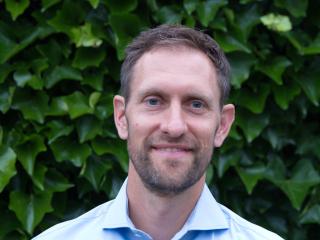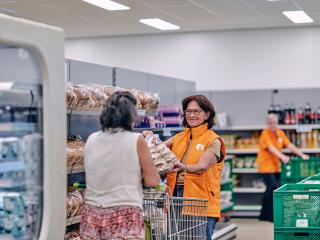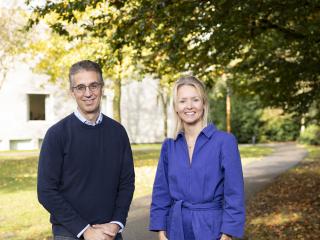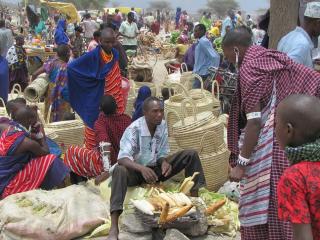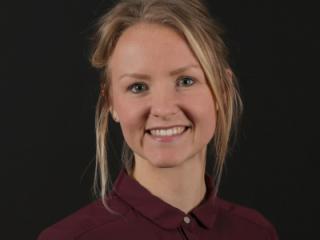Model OPTIMUS and its collaboration with World Food Programme
The World Food Programme (WFP) of the United Nations helps people in crisis situations around the world. Since 2011, Professor Hein Fleuren and his students from Tilburg University have been helping WFP optimize their supply chain in crisis situations using data analytics. The intensive cooperation resulted in OPTIMUS, an innovative solution for more effective food aid that is now used by WFP in countries like Yemen, Syria and South Sudan.
Professor Hein Fleuren and a number of Master's students developed the OPTIMUS model. The results achieved by the World Food Programme were significant: the use of OPTIMUS has reduced operational costs in Iraq by 12% without reducing the nutritional value for the beneficiaries. The World Food Programme will deploy OPTIMUS across its entire area of operations over the next few years. Meanwhile, the Zero Hunger Lab continues with further developing the model.
The impact of a method like OPTIMUS is large: the better we organize food aid, the more people we can feed with the limited budget available.
This impact and the interest shown by the international community (governments, NGOs, research institutes and the World Food Programme) led in 2018 to the idea of taking the next step and establishing the Zero Hunger Lab.
How did Optimus come about?
Advanced analysis and mathematics were needed to help the WFP manage complexity and design optimal interventions, both programmatically and operationally. Questions that were addressed:
- “The beneficiaries prefer beans to lentils, should we change our food basket?”
- “Local markets work, should we give preference to cash transfers to beneficiaries?”
- “We're already buying from small farmers, should we scale up?”
- “The WFP receives 70% of the money needed, how can we maximize results?”
- “Rice prices have been falling lately, from which sources are we going to buy?”
- “During the rainy season, we are unable to move food, how should we anticipate this?”
Instead of approaching the supply chain step by step (package composition, purchasing, shipping, and distribution), all variables come together in the model. Thus, the purchase price is included in the composition of the food package, and the location of purchase and the method of distribution (in a camp, via the local market?) also play a role.
Could your organization use the OPTIMUS model to optimize its supply chain? Please contact us. We are happy to share our knowledge and expertise.
Results:
-
Thanks to the OPTIMUS model, 150 million dollars was saved; enough to feed 2 million people for a whole year.
-
After successful use in many countries, the WFP will deploy the model in all its 80 countries.
-
Koen Peters, PhD researcher of ZHL, now leads multiple optimization initiatives for the WFP.
News
Contact
-

Koen Peters
Doctoral CandidateSince the development of the first prototype, Peters has worked as a project manager at the World Food Programme in Rome, in order to manage the further development and continuous improvements of the model.
Also interesting
-

Zero Hunger Lab
Tilburg University’s Zero Hunger Lab is a research group that aims to achieve global food security through the power of data science.
More information -
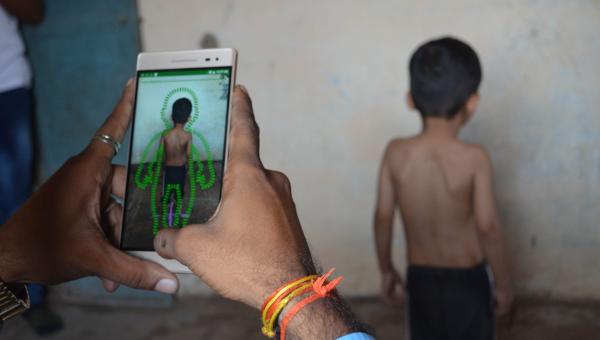
Child Growth Monitor
Tilburg University's Zero Hunger Lab was asked to develop the AI algorithm that measures body parameters, such as height, circumference, and weight from images. The algorithm can be included in the app to enable automatic detection of malnutrition in children all over the world.
More information -
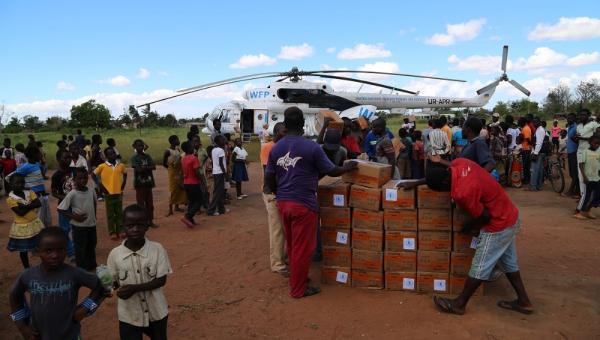
Project Enhance: Cost of Diet
How can we all be provided with food, especially in times of global distress or famine? Through AI and Big Data, the Zero Hunger Lab aims to answer these questions with Project ENHANCE.
More information -
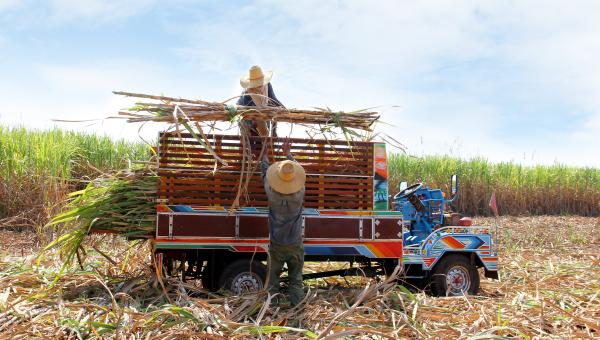
Fair and sustainable supply chain for sugar cane
Solidaridad asked the Zero Hunger Lab how they could use data to contribute as much as possible to the development of a fair and sustainable supply chain of sugar cane and palm oil.
More information

